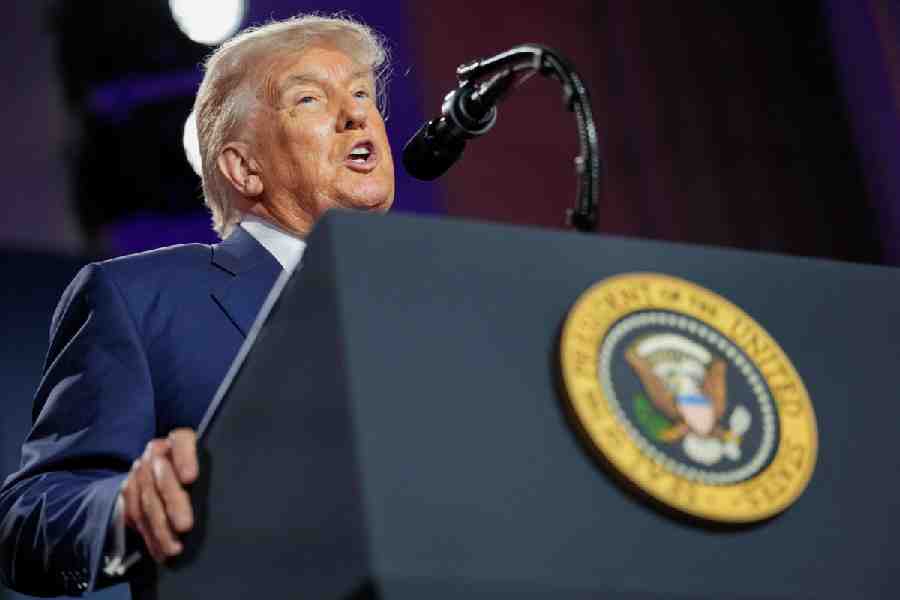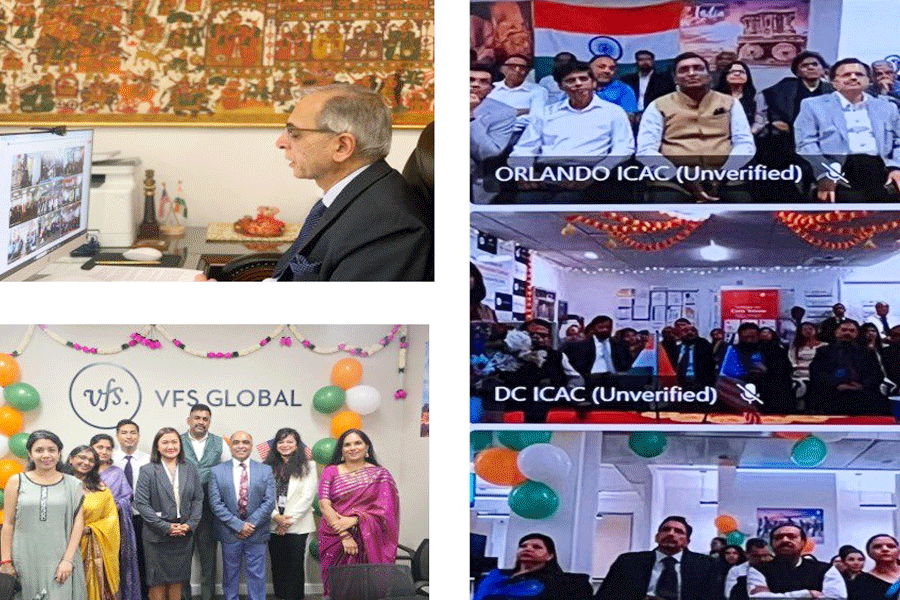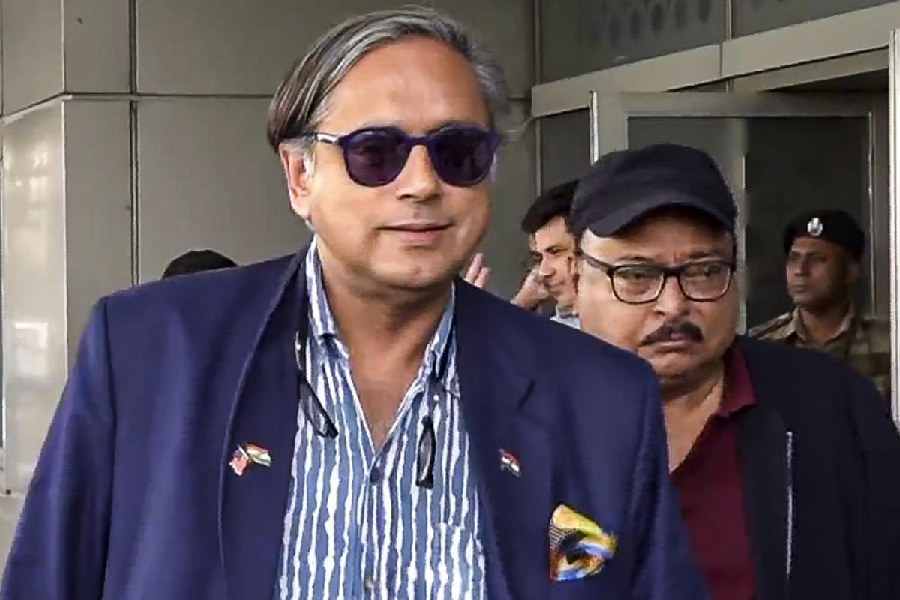 |
New Delhi, June 12: Nearly 1,000 candidates who were denied admission to the Indian Institutes of Technology in 2006 might have cleared the entrance exam that year had the institutes had followed their stated method of determining subject cutoffs.
After 20 months of denial, the IITs have revealed the marks obtained by all general-category students who appeared for the 2006 exam to some parents who have been persistently arguing for greater transparency in the tough-as-nails exam.
But the scores, revealed under the Right to Information (RTI) Act, have thrown up more questions than they have answered, and shown up contradictions that the IITs appear unwilling to explain.
The cutoff marks for math, physics and chemistry — the three subjects tested in the IIT Joint Entrance Examination (JEE) —should have been 7, 4 and 6, respectively, in 2006 using the IITs’ stated formula.
But the institutes, in response to an earlier RTI application, had disclosed to parents that the cutoffs they used for the same subjects were 37, 48 and 55.
Clearing all three subject cutoffs entitles students to be considered for the final cutoff, based on their aggregate scores. Students with the top aggregates among those who have cleared all three subject cutoffs are selected to the IITs. In all, 5,479 seats were available in the general category that year.
The aggregate cutoff of 154 used by the IITs in 2006 would have risen to 178 had they used the formula they claimed to have employed, the analysis shows.
In all, 994 general- category candidates who cleared subject and aggregate cutoffs determined from the formula declared by the IITs were not called for pre-course counselling by the institutes, analysis of the marks of all the students has revealed.
The Telegraph, on August 6, 2007, had first reported the discrepancy between the cutoffs actually used by the IITs in 2006 and the ones obtained through the formula cited by the institutes.
At the time, the IITs had only disclosed the marks of 33,364 top students, and parents had found that cutoffs determined through the formula given by the institutes came below the ones they claimed to have used.
In all, 2,55,890 general-category students appeared in the exam. The cutoffs are dependent on the overall performance of all students, so after considering the marks of all candidates -- including those with poorer scores -- the cutoffs automatically drop.
The analysis -- based on a simple statistical calculation -- has been conducted by the parents, and independently verified for The Telegraph by two professors of the Indian Statistical Institute (ISI) who are not linked to the case.
The formula declared by the IITs before Calcutta High Court -- a parent filed a case there -- was used in this analysis. The court is expected to announce its judgment tomorrow.
Asked to explain the mismatch between the two sets of cutoffs, V.K. Tewari, JEE boss that year, said he did not want to comment.
“The case is sub judice, and in any case we have nothing to say,” Tewari said. Tewari teaches at IIT Kharagpur, which was the institute in charge of the entrance exam in 2006.
Of the 994 who qualified for admission according to the cutoff formula cited by the IITs, but were never called, one candidate would have ranked among the top 500 students, the analysis shows. Another eight students would ranked between 500 and 1,000, and so on (see chart).
Former IITian and Magsaysay Award winner Arvind Kejriwal called the findings shocking. “This really shakes the faith of the people in exams like the IIT-JEE,” he said.










